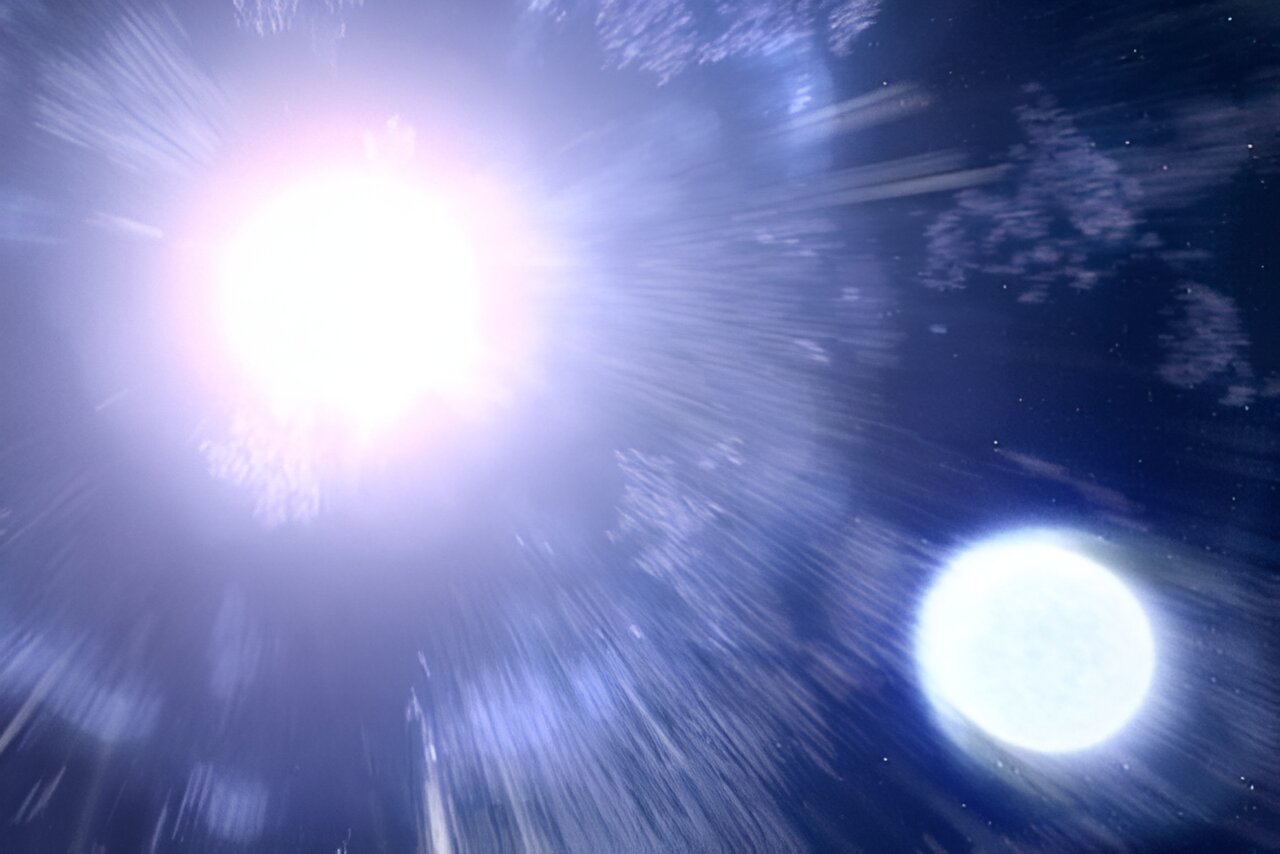The Milky Way can’t hold onto all of its stars. Some of them get ejected into intergalactic space and spend their lives on an uncertain journey. A team of astronomers took a closer look at the most massive of these runaway stars to see what they could find out how they get ejected.
When astronomers observe a field of stars in the Milky Way, one of the things they measure is the velocity distribution. The overall velocity distribution of the stellar population reflects the rotation of the galaxy. And when a star isn’t harmonized with the galaxy’s rotation, it catches astronomers’ attention.
Imagine if we evolved on Earth like normal but were in orbit around a star that had been ejected maybe a billion years before. And when our sentient eyes turned skyward for the first time we saw only profound blackness. The only points in the night sky are other planets in our solar system and perhaps the moon. No constellations, no nebulae, no exoplanet discovery, nothing. Just a few dim smudges where the Milky Way is, and perhaps a fundamentally different understanding of the cosmos.
That’s somewhat similar to a plot point in the third Hitchhiker’s Guide to the Galaxy book, except that it’s because a planet is inside a huge dense cloud and can’t see the rest of the universe.
We’d still see other galaxies. People didn’t know galaxies and nebulae were different things for a long time.
I suppose with modern light pollution we’d see very little, but we’d at least know other stuff is out there.
Creepy to think about eh?




